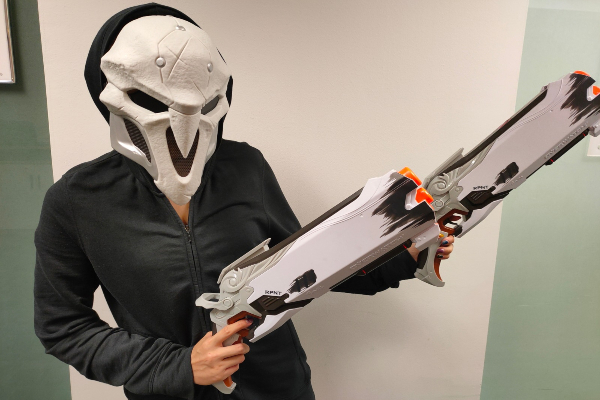
Guinevere Sofer reveals the secret to capturing the awesomeness of starry skies with the humble Compact Digital Camera
There is a spectacular show above us. It’s free, it’s colossal, it’s simply breath-taking. Best of all, you can capture it all for yourself.
Even though you don’t need any special high-tech camera, you will need something better than a smartphone’s camera – the Compact Digital Camera. With a simple Compact Digital Camera, you can easily capture the stellar cast at night, anywhere in the world!
Long Exposures Give Stars More Time to Emerge
Instead of the usual duration (usually in fractions of a second) it takes to snap an ordinary daylight photo, long exposures take anywhere from 1 sec to 30 sec to capture the image.
This allows more light into the camera. More light entering equates to a brighter image. In the case of night photos, the stars and the Milky Way will begin to emerge from the dark sky, revealing much more than the eye can see.
To increase the exposure, simply set the shutter speed on the camera to the longest duration. For long exposures, you’d want to set the dial to either 15 sec or 30 sec.
Different models of cameras will have different buttons or dials to adjust the shutter speed but, generally, they are available in most quality Compact Digital Cameras.
Push the Camera’s Sensitivity to Its Limits
Increasing the ISO (the sensitivity of the sensor) in the camera also helps to capture more light from the stars. This is a convenient function to help enhance the faintest stars, but the drawback is the increased “noise” (or unwanted speckles of colour) in the image.
Take a few photos with the highest ISO setting first (6400 or 12800) to see how “noisy” it is. Decrease the ISO if the “noise” is overwhelming.

Keep Still During Exposure
Everyone hates tripods. I know. Realistically, no one can hold his hands still for a long exposure, so use a small tripod if you want. It costs only about $40.
Personally, I don’t like carrying equipment, so I usually use a haversack or a few books on a table to prop up the Compact Digital Camera. It always works like a charm.
To take the photo, I use the self-timer to avoid shaking the camera. I point the camera in the right direction, stabilise it, and then release the shutter. The self-timer will automatically take the photo.
The result is a dramatic picture of the night sky teeming with twinkling stars.
ADVERTISEMENTS










Leave a Reply